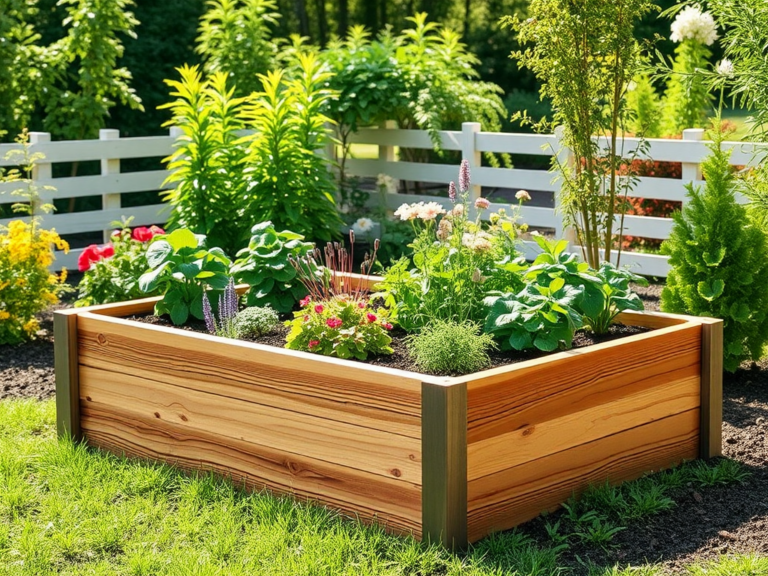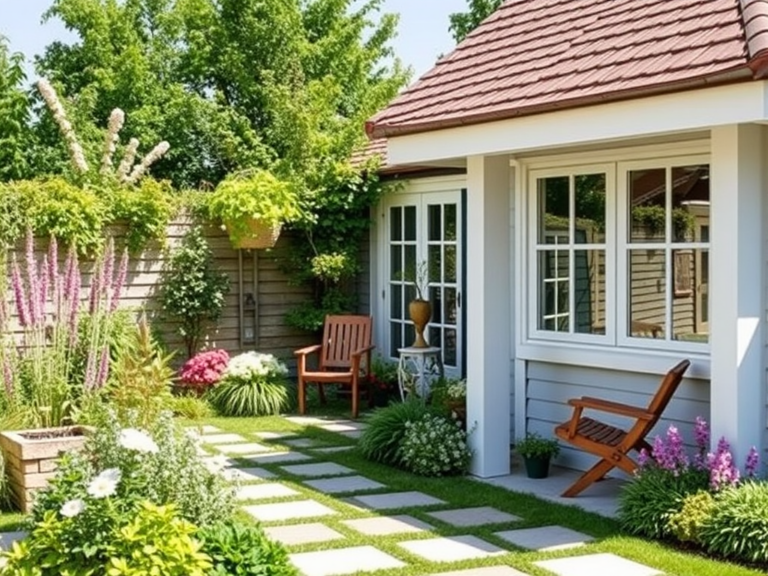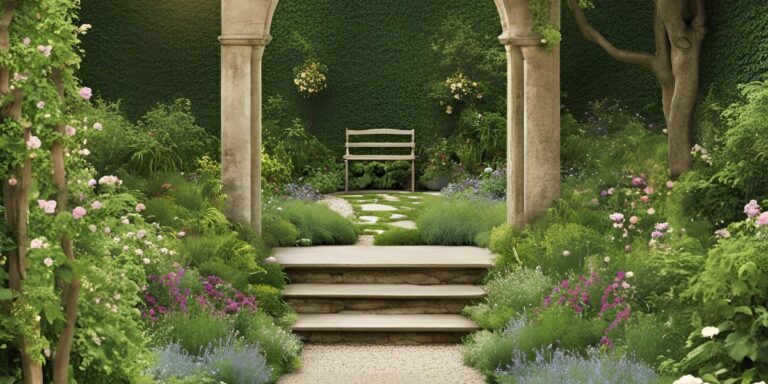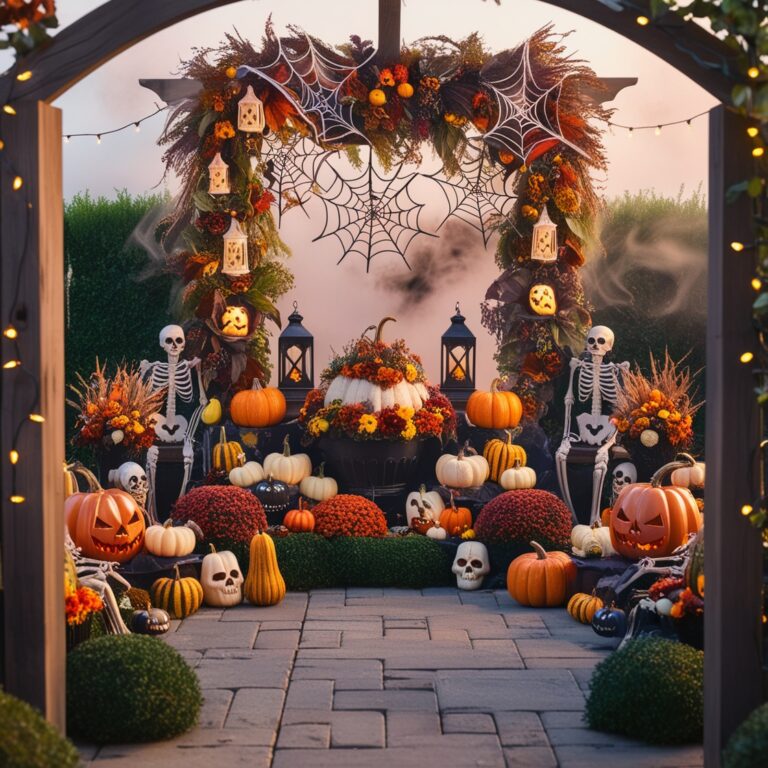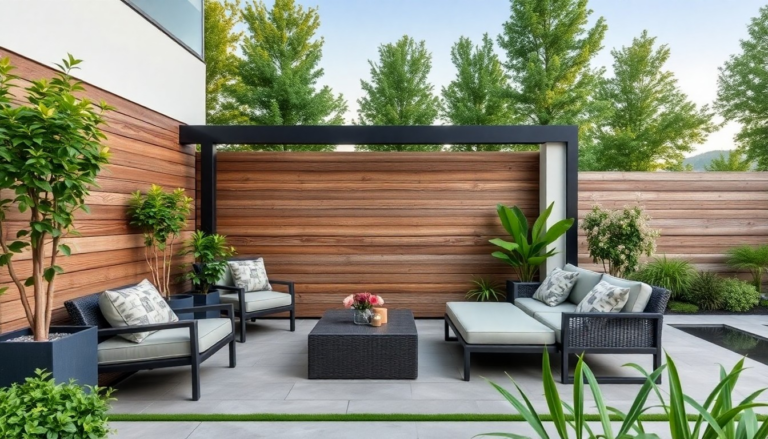12 Homesteading Garden Layouts
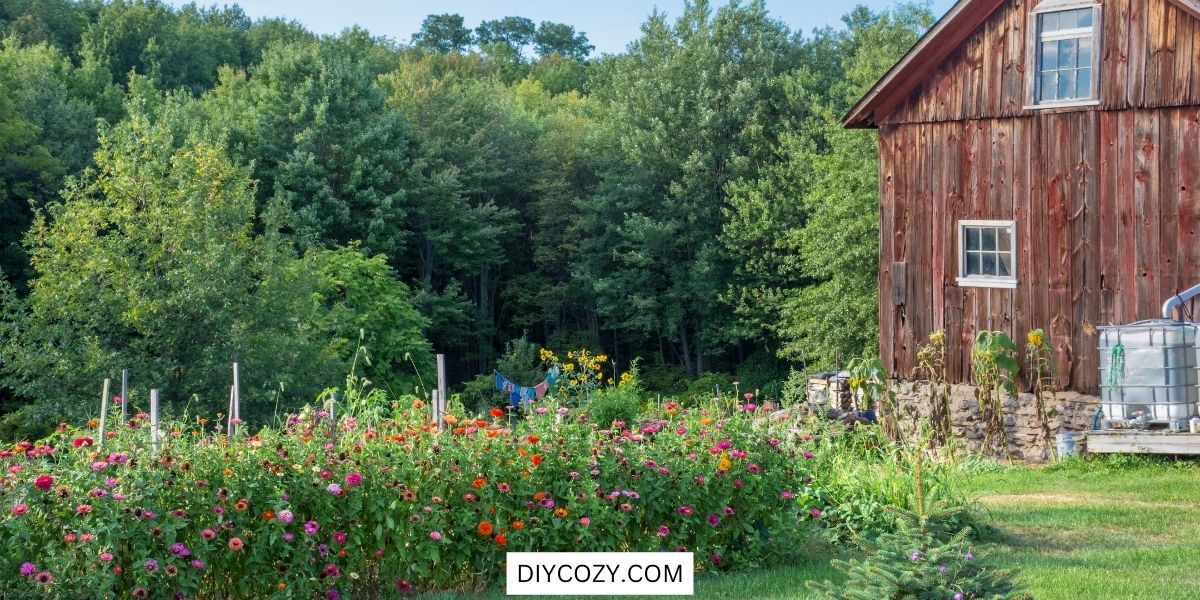
There is nothing like having a garden to fill your soul and homestead with beauty and food.
The absolute best part of having a garden is the endless design possibilities and layouts that can come from a piece of land.
You can grow a garden in a field, a flower bed, a container, a crate, a pallet, or even a bag.
If you are looking for ways to maximize your garden space, see these 12 Homesteading Garden Layout and Design Ideas.
1. The Beginner’s Garden
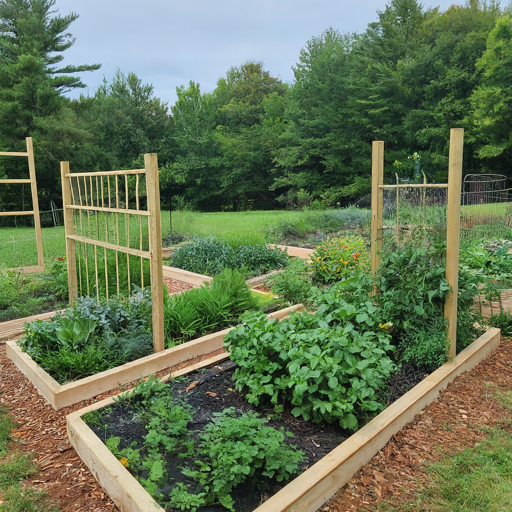
This homesteading garden layout is the perfect one for beginners. It’s a simple design that’s easy to maintain.
The garden is broken up into 4′ x 4′ boxes. This makes it easy to plant, maintain, and harvest.
It also makes it easy to add more boxes as you become more comfortable with gardening. This layout is ideal for a small garden space.
It’s also a great way to start a larger garden space. You can add more boxes as you have time and resources.
2. The Homestead Garden
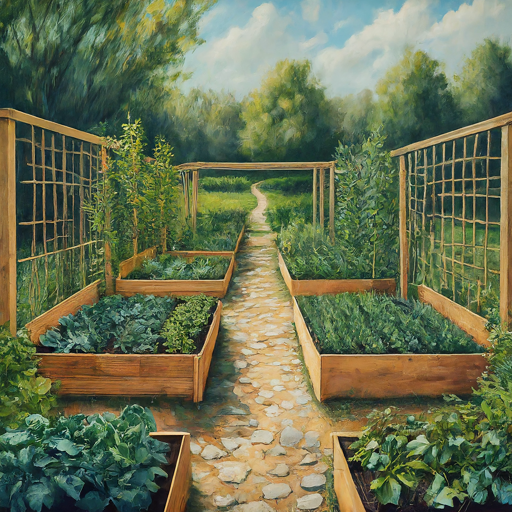
The homestead garden is a large garden that produces a variety of fruits and vegetables.
This type of garden is perfect for those who want to grow their own food, and possibly even sell some of it.
The homestead garden is usually divided into sections, with each section dedicated to a different type of plant.
The homestead garden is usually quite large, so it’s important to plan out the layout carefully.
Be sure to include plenty of walking paths, and consider adding a fence to keep out unwanted pests.
This type of garden requires a lot of work, but the rewards are well worth it!
3. The Garden of Eatin’
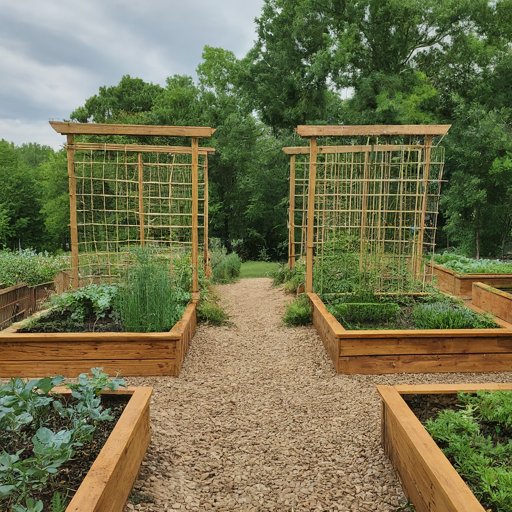
If you’re a fan of the Bible, you may have heard of the Garden of Eden.
This garden is a modern take on that original garden and includes a wide variety of fruits and vegetables.
This garden is also an example of a potager garden. In a potager garden, flowers, fruits, and vegetables are all mixed together in a beautiful and productive way.
In this garden, you’ll find:
• Flowers to attract pollinators and beneficial insects
• Perennial fruits like strawberries
• A wide variety of vegetables
• Raised beds
• A greenhouse
• A chicken coop
• A compost bin
• A garden shed
• A rainwater collection system
4. The Cook’s Garden
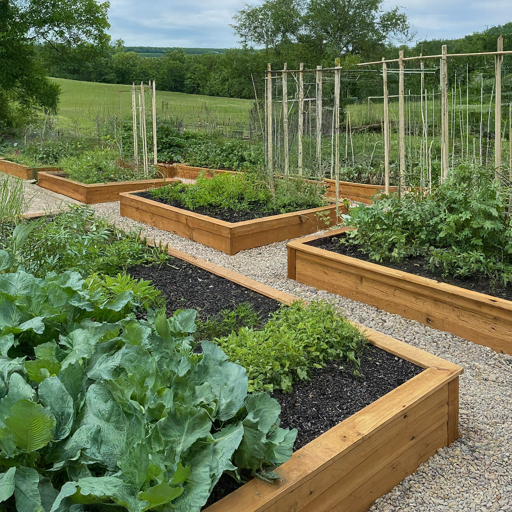
If you love to cook, you can grow a garden specifically for your kitchen.
A cook’s garden is a garden that is designed around the meals you like to cook.
You can plan a cook’s garden by thinking about what you like to cook and what you use the most of.
If you make a lot of tomato-based dishes, you might want to grow a lot of tomatoes.
If you use a lot of garlic, you might want to grow a lot of garlic.
A cook’s garden can be as simple or as complex as you want it to be.
If you like to cook with a lot of different ingredients, you might want to design a garden layout that includes a wide variety of plants.
If you like to keep things simple, you might want to design a garden layout that includes just a few of your favorite plants.
5. The Canning Garden
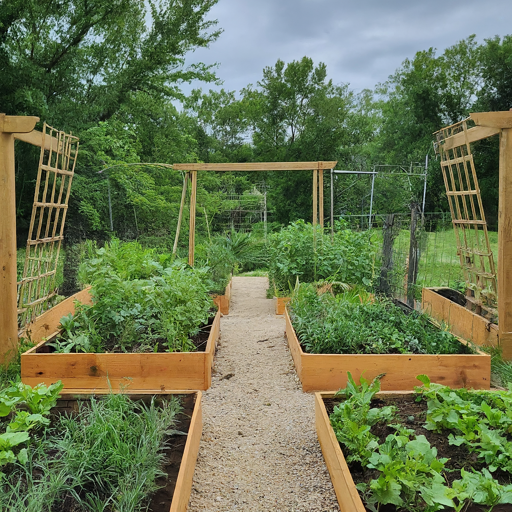
If you love to can, you might want to grow a garden that can provide a variety of fruits and vegetables that you can preserve in a number of ways.
This garden is designed to be a little bit of everything.
It includes a variety of crops that can be preserved in different ways so that you have a well-rounded pantry at the end of the season.
This garden is also a great one to plant if you are new to preserving. You can take the time to learn how to preserve each crop as it becomes ready.
6. The Container Garden
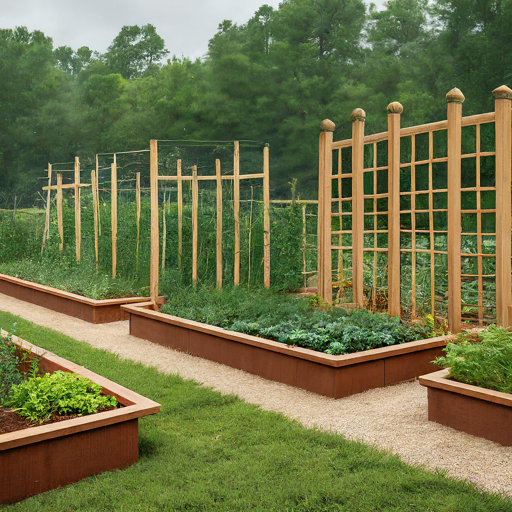
You might not think of a container garden as a layout, but it is. And it’s one of the most versatile.
Container gardens are great for apartment homesteaders, homesteaders with a lot of hardscaping, and even homesteaders who want to add a little greenery to their porches and patios.
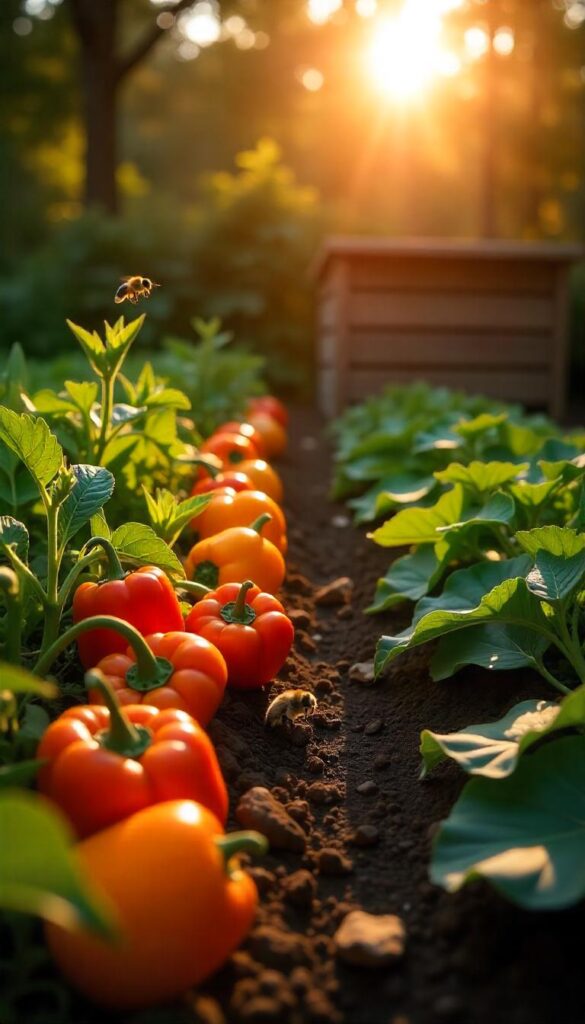
With a container garden, you can grow just about anything. You can even create a container garden with a theme.
For example, you can grow a salsa garden in a series of containers, a salad garden, or even a garden of flowers. The possibilities are endless.
Just like with a raised bed garden, you’ll want to make sure you’re placing your containers in a spot that gets the right amount of sun.
You’ll also want to make sure you’re watering your plants enough (but not too much).
Container gardens can dry out quickly, so you’ll want to keep an eye on them.
Container gardens are also a great option for growing herbs. You can grow herbs in small pots on your kitchen windowsill.
7. The Raised Bed Garden
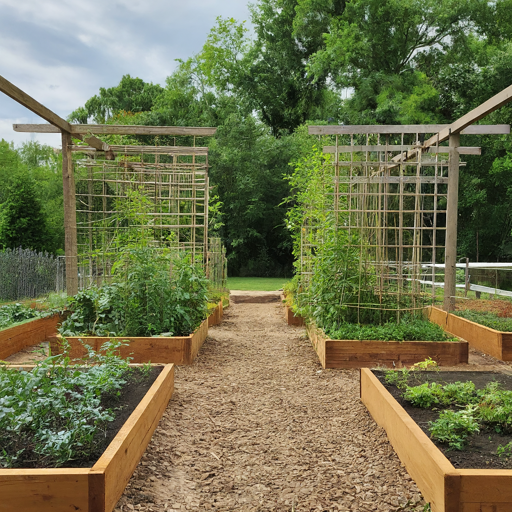
If you lack good soil, or you have a lot of rocks and roots, raised bed gardening may be your best option.
Raised beds can be built out of wood, stone, or concrete.
They can be as tall or as short as you like, but most people build them between 12”-24” high.
Raised beds can be built to any size, but the most common size is 4’x8’.
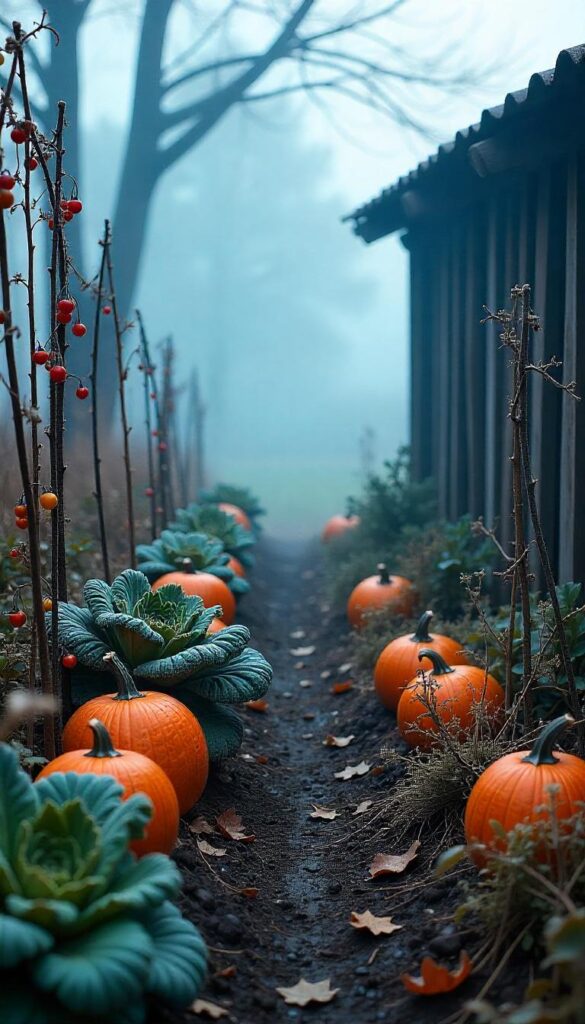
This is because it is the largest size that can be easily reached from both sides without stepping into the bed.
It is important to never step in your garden beds because it compacts the soil.
Raised beds are filled with a mixture of compost, peat moss, and vermiculite.
This mixture is often called Mel’s Mix after the man who popularized it in his book, Square Foot Gardening.
The mixture is designed to be light and fluffy and to hold moisture and nutrients.
8. The Square Foot Garden
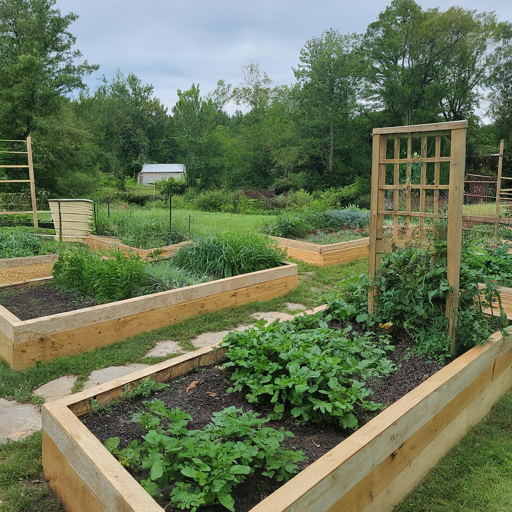
The square foot garden is the perfect choice for those with smaller spaces.
You can even build a raised bed square foot garden and place it right on top of your back patio if you want.
This garden layout is perfect for those who want to grow a lot of different things and have limited space.
It’s also a great option for those who may not be able to get out and work in a larger garden.
By dividing your garden into 1-foot squares, you can easily manage your garden and grow a variety of fruits, veggies, and herbs.
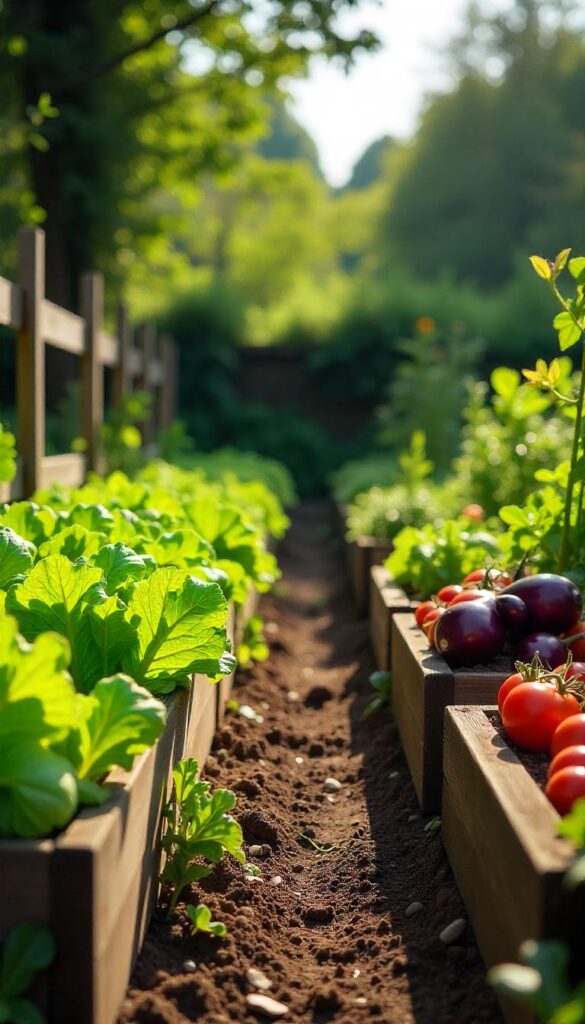
To start, you’ll need to decide how large you want your garden to be. Then, divide the area into 1-foot squares.
You can use a marker to draw out the squares and then plant your garden according to your layout.
This garden layout is great for beginners and experts alike. It’s also a great way to grow a lot of food in a small space.
9. The Hugelkultur Garden
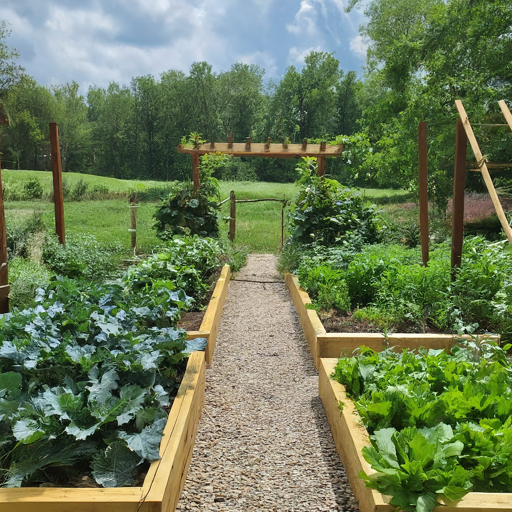
Hugelkultur is a method of building a garden bed on top of a decaying wood pile.
This is a great way to repurpose trees that have fallen on your property.
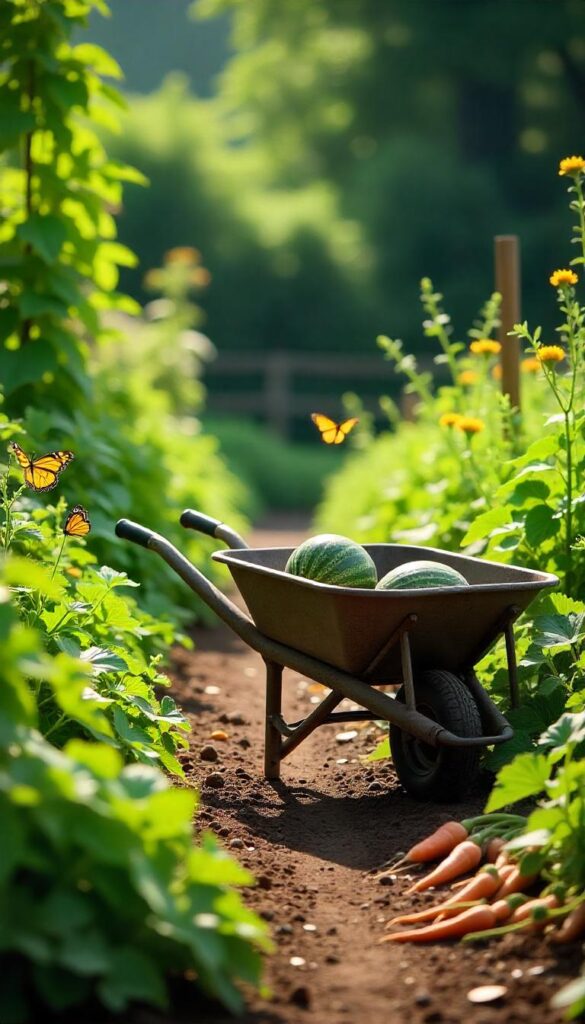
As the wood breaks down, it releases nutrients into the soil, and the bed becomes incredibly rich and fertile.
Hugelkultur beds are often mounded, and you can build them as high or as low as you like.
You can also make them as wide as you like, so you could easily build a hugelkultur bed that takes up the entire space of a garden layout.
10. The Ruth Stout Garden
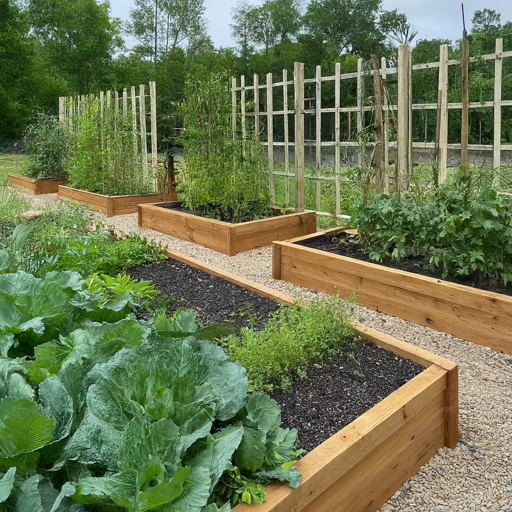
Ruth Stout was a gardener who developed a method of gardening that was essentially a no-till method. She would simply lay old hay over her garden beds and plant directly into it.
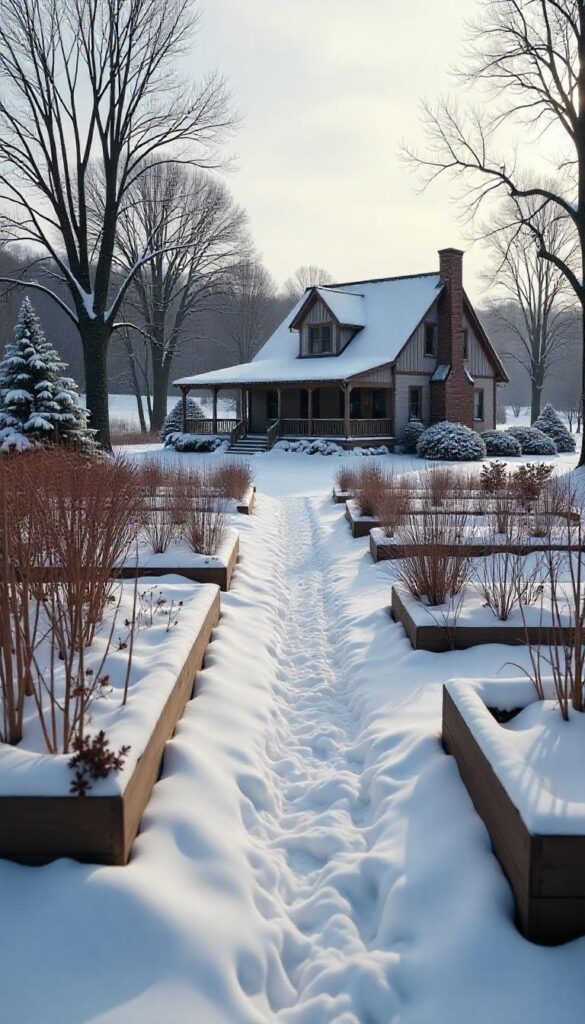
This method is especially useful in areas with high winds or heavy rains. The hay acts as a barrier to keep the soil in place.
Over time, it breaks down and adds nutrients to the soil.
You can use the Ruth Stout method in any garden layout.
Simply lay your hay or straw over your garden beds and plant your vegetables directly into it.
11. The No-Dig Garden
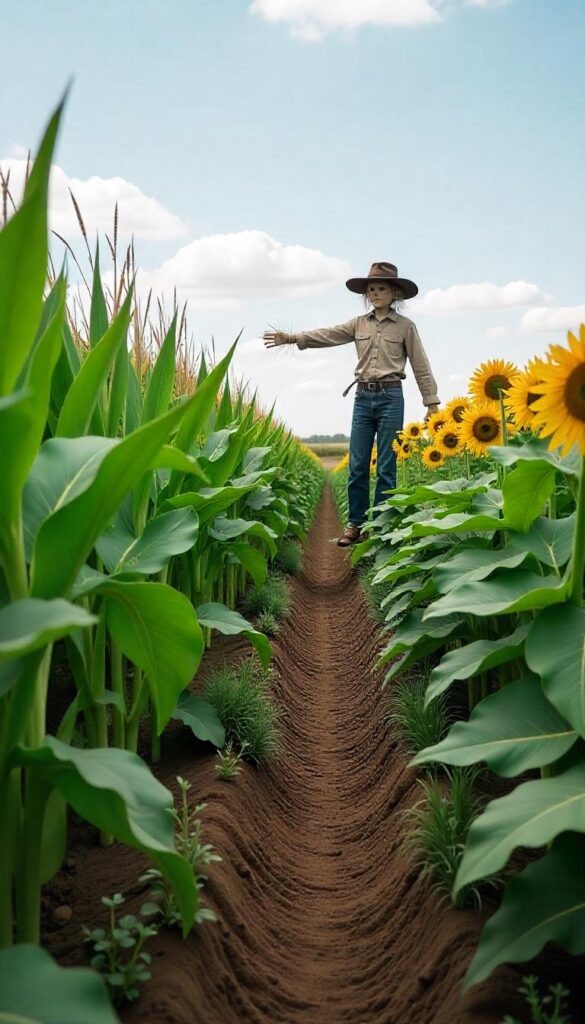
No-dig gardening is a method that seeks to disturb the soil as little as possible.
Instead, layers of compost, leaves, and other organic matter are added to the ground to create a rich, fertile environment for plants to grow.
This is a great garden for beginners, as it requires very little work to get started.
Simply lay down a layer of cardboard or newspaper to smother the grass and weeds, then add a thick layer of compost on top.
You can plant directly into the compost or add a layer of mulch on top and let it sit for a few weeks before planting.
No-dig gardens are also a great option for gardeners with limited space, as you can build them directly on top of existing grass or even on a concrete slab.
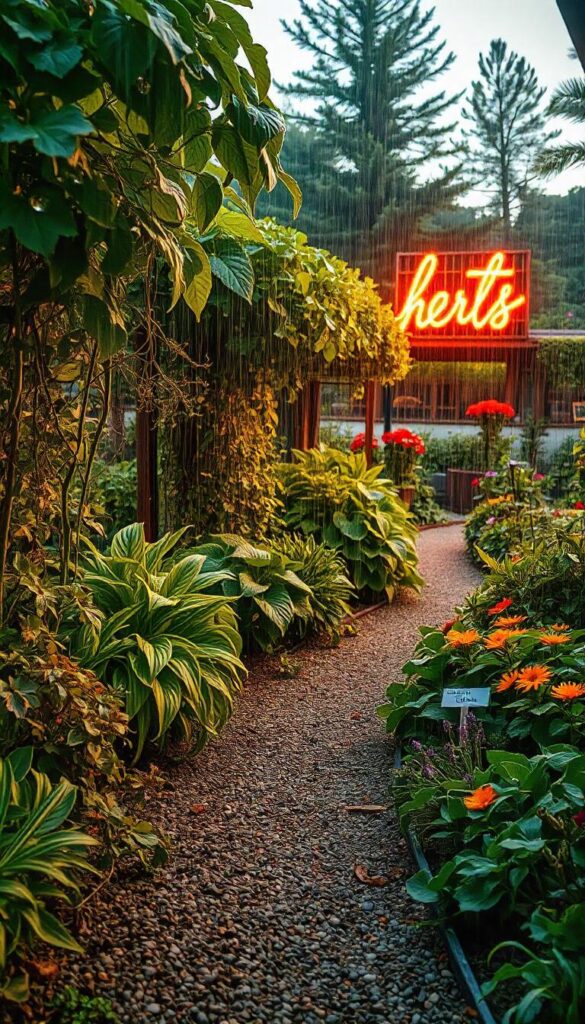
12. The Keyhole Garden
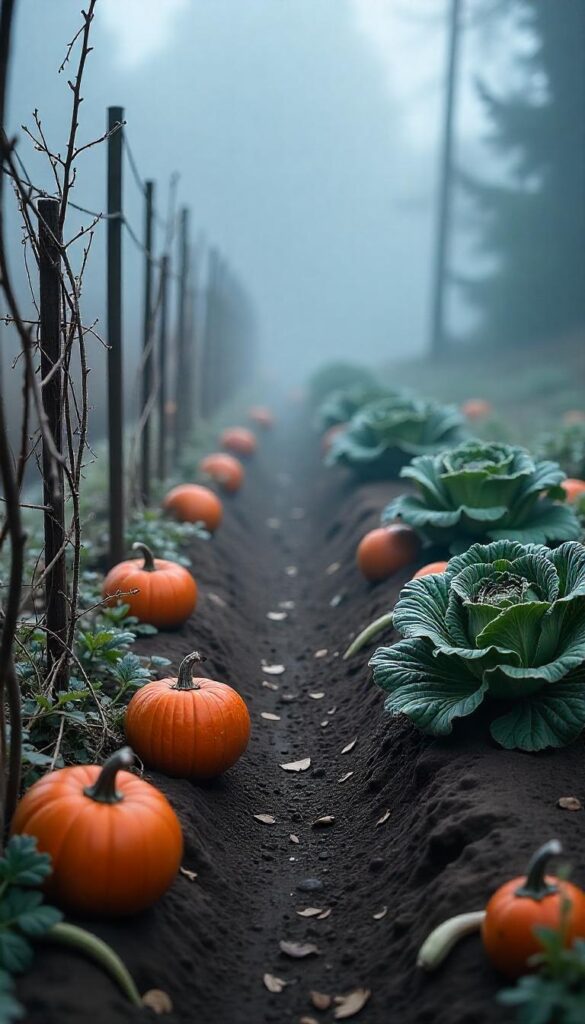
The keyhole garden is a popular concept in permaculture. The garden is designed for maximum efficiency in a small space.
The idea is to create a garden with a small path that goes around the entire garden, and then a keyhole in the center of the garden that allows you to reach all of the plants without having to step on the soil.
Conclusion
We hope that this article has helped you to think about your garden layout. If you are new to homesteading, you may want to start with a small garden and grow from there.
If you are an experienced homesteader, we would love to hear from you.
Do you have a garden layout that you would like to share with us? Please leave us a comment and tell us all about it.

